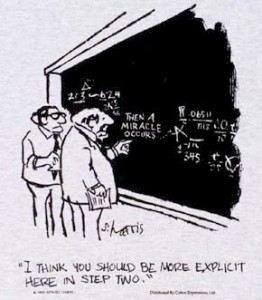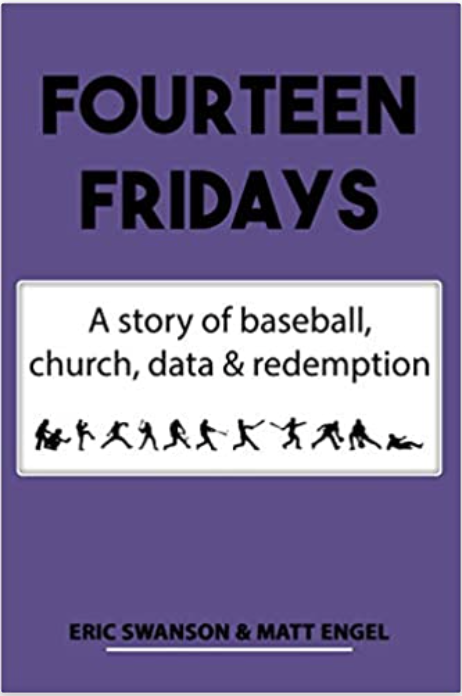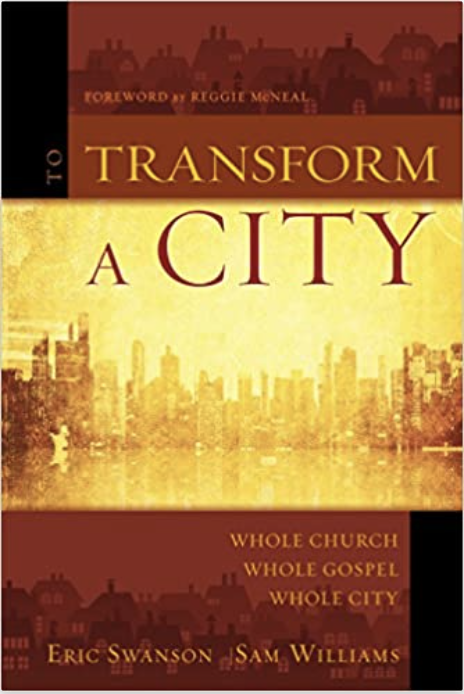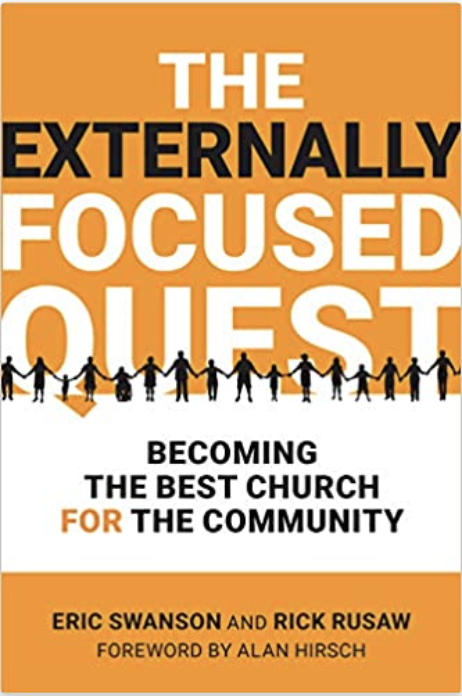Culture Making
 I’ve been enjoying the book Culture Making by Andy Crouch. This morning I read the chapter entitled, Cultivation and Creation. Here’s the illustration Crouch uses to explain why we fall so short in our attempts to influence culture. He describes his process of making chile con carne on a crisp evening in the fall, complete with chopped onions, green peppers and chopped tomatoes. When the chile is set on the table his children protest because they don’t like green chile and chopped tomatoes. But, being non-indulgent parents, Andy and his wife conclude that this is the way they like their chile and sooner or later the kids will also learn to like it or when they move out they can fix chile any way they choose. But for now, this is what chile in the Couch household looks like. Here’s the caveat that would bring about change to the Crouch household:
I’ve been enjoying the book Culture Making by Andy Crouch. This morning I read the chapter entitled, Cultivation and Creation. Here’s the illustration Crouch uses to explain why we fall so short in our attempts to influence culture. He describes his process of making chile con carne on a crisp evening in the fall, complete with chopped onions, green peppers and chopped tomatoes. When the chile is set on the table his children protest because they don’t like green chile and chopped tomatoes. But, being non-indulgent parents, Andy and his wife conclude that this is the way they like their chile and sooner or later the kids will also learn to like it or when they move out they can fix chile any way they choose. But for now, this is what chile in the Couch household looks like. Here’s the caveat that would bring about change to the Crouch household:
“There is one thing our children could do, though, that could have a decisive effect on our family’s culture of the table. If I come home on a Tuesday night …and find dinner already simmering on the stove, even if it’s not chile, I will likely be delighted. Especially if the food being prepared is a substantial improvement on our usual fare, just as tasty and even more creative than I would have prepared myself. Consider this a parable of cultural change, illustrating this fundamental rule: The only way to change culture is to create more of it….If culture is to change, it will be because some new tangible (or audible or visible or olfactory ) thing is presented to a wide enough public that it begins to reshape their world….Cultural change will only happen when something new displaces, to some extent, existing culture in a very tangible way….No matter how much we may protest–condemning the cultural goods on offer–unless we offer an alternative, the show will go on” (p.66-68).
In an earlier chapter, Crouch, in reviewing another work that says “a worldview…comprises a culture’s answer to four crucial questions: Who are we? Where are we? What’s wrong? What’s the remedy? , Crouch writes, “Christianity has not yet reformed and remoled our culture because of a lack of ‘vision.'” He notes that even though we define the core problem as Christianity being “disembodied,” the solution is not presented as “embodiment”–living out the tranforming vision but rather on “perception and visions, on thinking, on analysis” (p. 62) Our solution is not “a profound program of embodiment but more thinking as the solution. And after we have done a lot more thinking, how exactly does the world change? Well, “then a miracle occurs” (p. 63) (He uses this cartoon by Sidney Harris to portray our usual way of thinking)
With his observations in mind, we really do have the opportunity to influence and transform communities and culture–not by being a critique of culture, not by merely creating a vision of a different culture, but by embodying the change we would like to see–actually living out the kingdom message.








